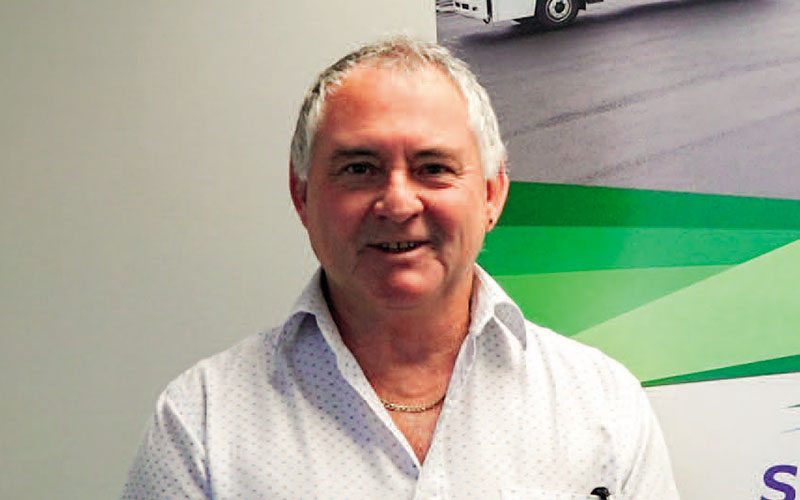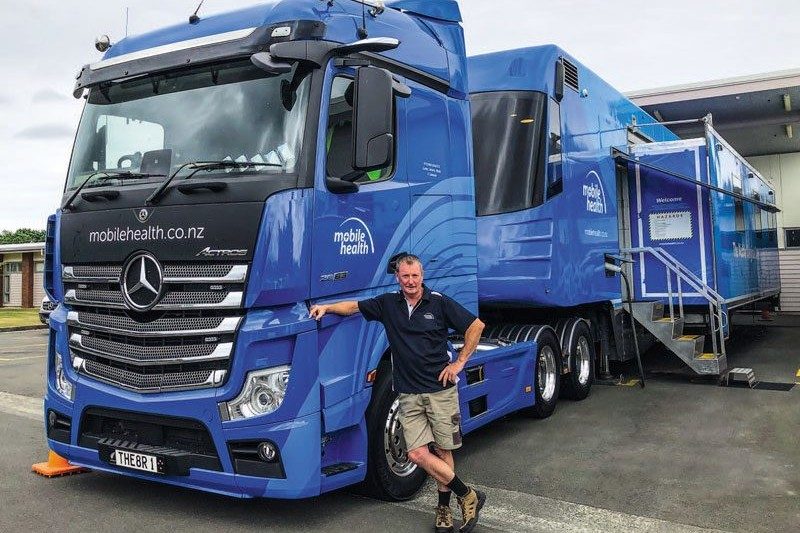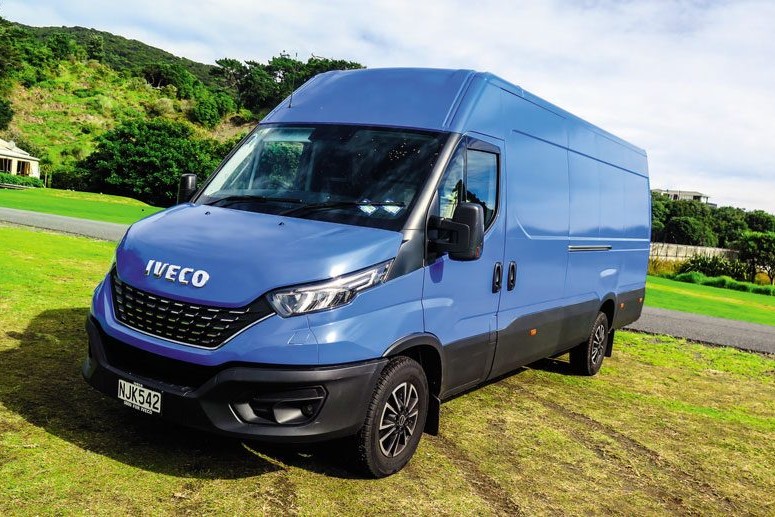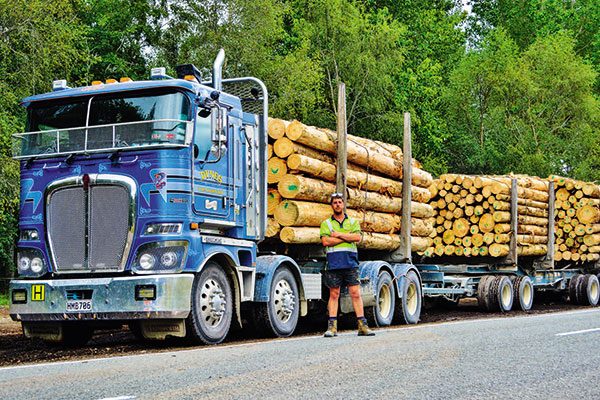
Unquestionably, SEA Electric is a company on the move. Founded in Melbourne in 2012, it launched its first model in 2017 after five years of product development and field testing. Earlier this year, it launched volume production of its own SEA Electric- badged vehicles. It has a significant global presence and has been operating in New Zealand since March 2019.
This progress is all the more impressive considering the company’s approach to the industry it serves. “We’re not a truck company; we’re a technology company. It just happens that the technology fits into a truck,” says Stephen Fairweather, New Zealand general manager for SEA Electric. “The SEA- Drive system is what we’re all about.” (More on that later.)
There are 34 SEA trucks on the road in New Zealand, with a further six currently in build. The technology has been deployed into varied market sectors, from waste collection to home delivery and refrigerated units and different vehicle types. According to Stephen, New Zealand has a healthy appetite and eagerness for electric vehicles.
“Compared with Australia, the New Zealand market has always been stronger and more interested when it comes to individual companies and their management, and political support. Some companies are asking questions and pushing the envelope of the technology – we align as closely as possible with the brief, and we take opportunities on their merits and work to make them happen if possible,” he says.
When it came to working with TR Group, Stephen says that the relationship has been fantastic, with both parties open about their expectations and desired results, despite some roadblocks. “The vehicle spec – a delivery unit with curtain sides and tail lift – is a simpler one, but TR was very clear about its requirements.
“SEA has five driveline systems for vehicles of various GVM, so matching the right vehicle with the drivetrain is the foremost consideration, and that comes from open discussion about where they’ll be driven, over what terrain – all those scenarios. With TR Group, that was simple and easy. They know their business and did their homework,” Stephen says, adding he looks forward to the results.
SEA may be a technology company but it understands its customers’ businesses revolve around trucks – and they expect to be treated accordingly. Its involvement therefore continues, like any traditional OEM worth its salt, into driver training and aftersales support.
“We have a training component with all our customers; it’s not something you just throw a set of keys at,” Stephen says. Generally, SEA will spend training time with drivers and maintenance staff, depending on how that’s being managed, and keeps up its involvement as its clients continue their electrically powered journeys.
Even before the vehicles enter service, a SEA technician will spend time in the cab with the customer, fine-tuning the vehicles over the routes the customer takes. “It’s different depending on the vehicle’s usage – a vehicle on Waiheke Island operates differently to one in Auckland. Each is tuned to deliver the best individual performance.”
The SEA-Drive system is, on first acquaintance, remarkably simple. Hardware- wise, anyway. As Stephen says: “The drive system is the drive system.” It’s the software behind the technology and the components used that make the difference. The system’s design is patented in 57 countries, and it’s based around a plug-and-play architecture, so it can be updated as the technology is developed. Battery, cooling and ancillary systems are all constantly evolving.
The SEA-Drive system is designed to be 100% electric, so the ancillary systems are also electrically driven. “Five years ago, if you wanted an electric truck, you had to build all the ancillaries yourself. Now some companies specialise in individual components – from air-conditioning to drive systems,” Stephen says.
Yes, the EV industry is charging ahead.





